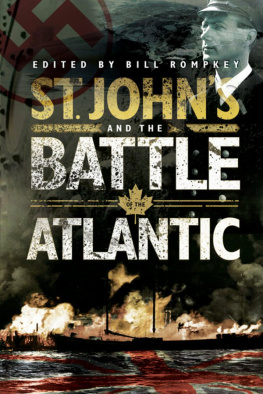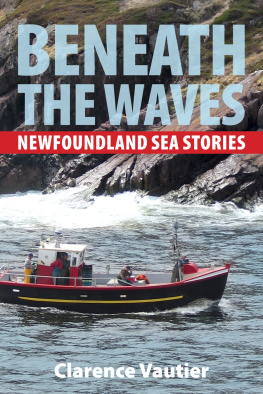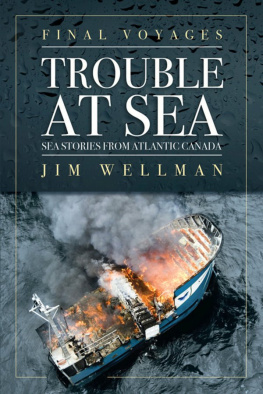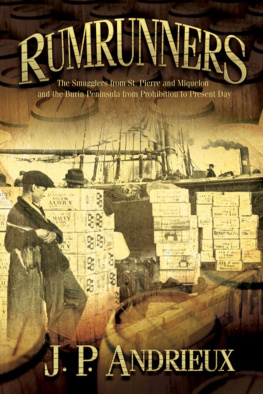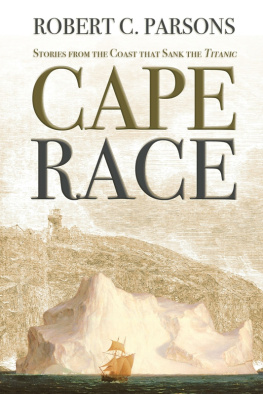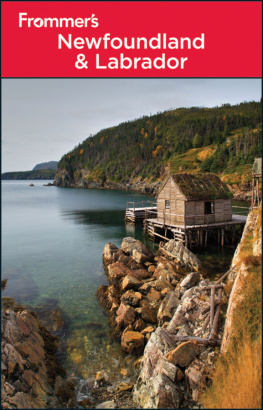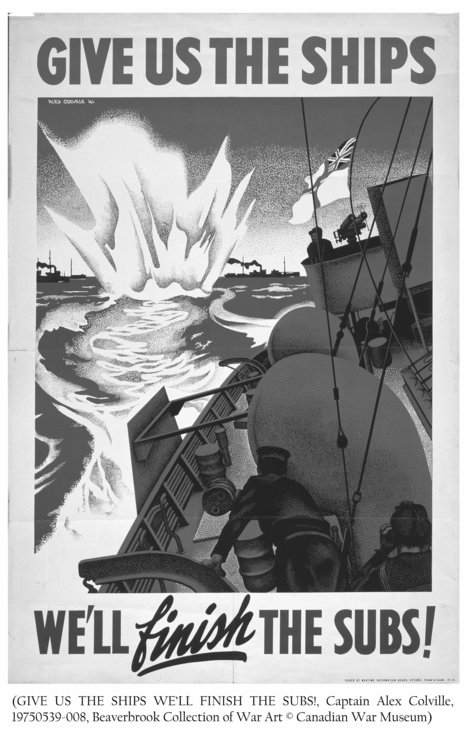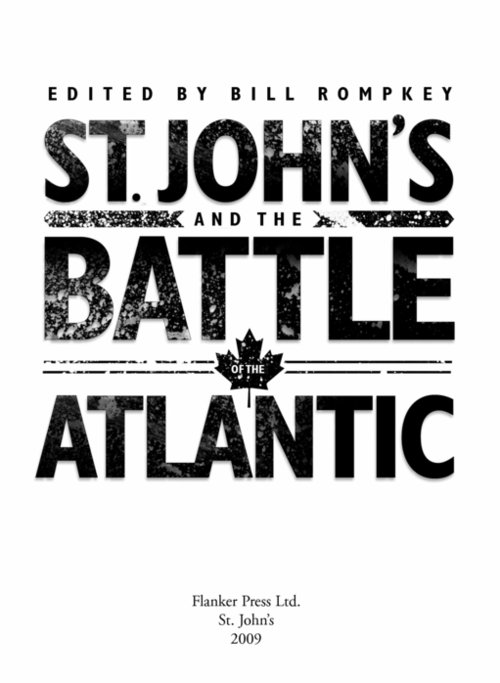St. John's and the Battle of the Atlantic / edited with
an introduction by Bill Rompkey.
Includes bibliographical references and index.
1. World War, 1939-1945--Newfoundland and Labrador--St. John's. 2. World War, 1939-1945--Naval operations. 3. St. John's (N. L.)--History. I. Romkey, Bill, 1936
ALL RIGHTS RESERVED. No part of the work covered by the copyright hereon maybe reproduced or used in any form or by any meansgraphic, electronic or mechanicalwithout the written permission of the publisher. Any request for photocopying, recording, taping or information storage and retrieval systems of any part of this book shall be directed to Access Copyright, The Canadian Copyright Licensing Agency, One Yonge Street, Suite 800, Toronto, ON M5E 1E5. This applies to classroom use as well.
P. O. BOX 2522, STATION C
ST. JOHNS, NL A1C 6K1 CANADA
WWW. FLANKERPRESS. COM
We acknowledge the financial support of: the Government of Canada through the Book Publishing Industry Development Program (BPIDP); the Canada Council for the Arts which last year invested $20.1 million in writing and publishing throughout Canada; the Government of Newfoundland and Labrador, Department of Tourism, Culture and Recreation.
DEDICATION
This book is dedicated to all Newfoundlanders and Labradorians who served afloat and ashore during World War II.
from Behind the Log
by
E. J. Pratt
(Description of a night attack by U-boats on convoy SC-42 in September 1941)
When ships announced their wounds by rockets, wrote
Their own obituaries in flame that soared
Two hundred feet and stabbed the arctic night
Like some neurotic and untimely sunrise.
Exploding tankers turned the sky to canvas,
Soaked it in orange fire, kindled the sea,
Then carpeted their graves with wreaths of soot.
from The Laws of the Navy
by
Captain Ronald Hopwood, RN
Now these are the laws of the Navy,
Unwritten and varied they be,
And he that is wise will observe them,
Going down in his ship to the sea.
As naught may outrun the destroyer,
Even so with the law and its grip,
For the strength of the ship is the Service,
And the strength of the Service, the ship.
On the strength of one link in the cable,
Dependeth the might of the chain.
Who knows when thou mayest be tested?
So live that thou bearest the strain!
When the ship that is tired returneth,
With the signs of the sea showing plain,
Men place her in dock for a season,
And her speed she reneweth again.
So shalt thou, lest, perchance thou grow weary,
In the uttermost parts of the sea,
Pray for leave, for the good of the Service,
As much and as oft as may be.
FOREWORD
by
Honourable Fred J. Mifflin, PC, CD
Rear Admiral (Retired)
In the early summer of 1972 I was captain of HMCS Skeena. Having nearly completed our operational tour of duty with the Standing Naval Force Atlantic in the Caribbean and eastern Atlantic, we were looking forward to a liberty port en route to home port Halifax, NS. The ships company of 220 was polled regarding which of the 25 or so ports in the Atlantic Seaboard Europe or North America they would prefer for a six day stopover. The near-unanimous choice was St. Johns, Newfoundland! This speaks volumes about the close relationship that has existed between the navy and this great city for centuries from the early days of the fishing admirals that ruled the colony from St. Johns Harbour, to the present.
The familiar thick fog that day in 1972 caused our harbour approach to the Narrows to be somewhat dramatic, as the first and sudden visible existence of land loomed out of the dense blanket in the form of the foreboding steep cliffs of Signal Hill on one side and Fort Amherst on the other. As we entered the harbour, recollections of my early boyhood in St. Johns during World War II went through my mind. I was 18 months old when the war began and I lived near Water Street until I moved to Bonavista in 1944. I remembered the sailors in uniform walking along Water Street, the dreaded Shore Patrols, the nuisance blackouts, the omnipresent ration cards, and the scarcity of key related ingredients. The shock and sadness of the news of the sinking by a U-boat of the ferry Caribou in the Cabot Strait and the burning of the Knights of Columbus hut remained a clear memory to me, as did the stern and repeated voice accompanying the daily Gerald S. Doyle news over radio station VONF that N is for nuts and A is for apples not knowing what code it represented if any! But above all I vividly remember the navy ships and the hustle and bustle along the many finger piers that lined this strategically important harbour during the Battle of the Atlantic.
In later years my regular visits to and eventual life membership in the Crows Nest Club seemed an enjoyable and appropriate part of my job as a rear admiral and deputy commander of the Canadian Navy. One of the highlights of my life, later in politics, was representing the Canadian government in my capacity as Regional Minister for Newfoundland and Labrador in the commissioning of the new frigate HMCS St. Johns on Discovery Day in 1996.
The story of St. Johns, the navy, and the last World War can be told by many people in many ways, though perhaps none better than by a St. Johns native, a naval officer and a politician, who lived it and remembers it in these dimensions. He has literally covered the waterfront of the many poignant aspects of the city, the time, and the people in such a way that one feels part of the story whether or not they were there. Senator Bill Rompkey, in this valuable historical work, displays his well-known passion as a Newfoundlander and Labradorian and his love for the navy.
FOREWORD
by
Vice-Admiral Daniel (Dan) Mainguy (Retired)
This is a very timely book, and one that is most welcome. I dont think anyone has yet told the story of the Battle of the Atlantic in such detail and from the perspective of those who lived in and near St. Johns. It was a special time for the Canadian Navy, and an important time. The job given to Newfoundlanders during the war was vital, and as many have said, the experience shaped their lives.

